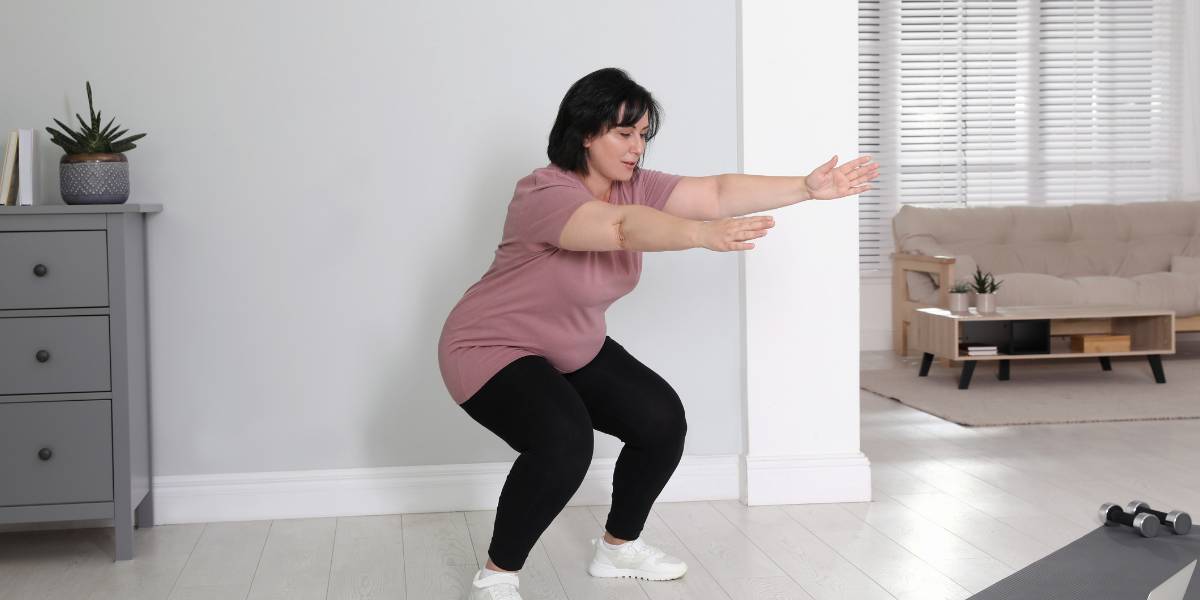People who regularly complete strength training exercises are less likely to have high blood pressure compared to those not doing strength training, a new study reveals.
Latest research has found that wall squats and holding the plank position are the best exercises for lowering blood pressure.
Currently, walking, cycling and running are the exercises recommended to people with high blood pressure.
- Women advised to check blood pressure due to risk of heart disease and stroke
- High blood pressure linked to traffic noise and air pollution
However, UK academics are calling for the guidance to be updated after finding a link between lower blood pressure and planking and doing wall squats.
During the study, a team of researchers examined the blood pressure of 15,827 people after they exercised.
Planks and walls squats outperform aerobic exercises
They found that all exercise reduced high blood pressure, but planking and walls squats lowered blood pressure more than aerobic exercises.
Planking and doing wall squats help people build core strength without moving muscles or joints.
The plank is an isometric core strength exercise that involves maintaining a position similar to a push-up for the maximum possible time.
A wall squat is strength exercise in which the trainee lowers their hips from a standing position and then stands back up, all with their back against a wall.

First author Dr Jamie O’Driscoll said: “Isometric exercises place a very different stress on the body to aerobic exercise.
“They increase the tension in the muscles when held for two minutes, they cause a sudden rush of blood when you relax. This increases the blood flow, but you must remember to breathe.”
People with high blood pressure are more at risk of experiencing other health conditions, including heart attacks and strokes.
Medications are available for people with high blood pressure, but they are also instructed to follow a healthy diet, drink less alcohol, stop smoking and exercise frequently.
- Study finds getting 8,200 steps a day reduces risk of high blood pressure, sleep apnoea and depression
- High blood pressure linked to faster mental decline
Blood pressure lower than 130/85mmHg is healthy, meanwhile blood pressure more than 140/90 mmHg is high, the study has reported.
Breakdown of blood pressure improvements
The findings show that resting blood pressure was reduced by:
- 8.24/4mmHg after isometric-exercise training (planks and wall squats)
- 4.49/2.53mmHg after aerobic-exercise training (such as running or cycling)
- 6.04/2.54mmHg after combined training (aerobic and weights)
- 4.55/3.04mmHg after dynamic resistance or weight training
- 4.08/2.50mmHg after high-intensity interval training (short bursts of intense exercise with periods of rest in between).
“These are relatively small drops, but could lower someone’s risk of stroke,” noted Dr O’Driscoll.
Joanne Whitmore, Senior Cardiac Nurse at the British Heart Foundation, said: “We know that those who take on exercise they enjoy, tend to carry on for longer which is key in maintaining lower blood pressure.”
The study has been published in the British Journal of Sports Medicine.




